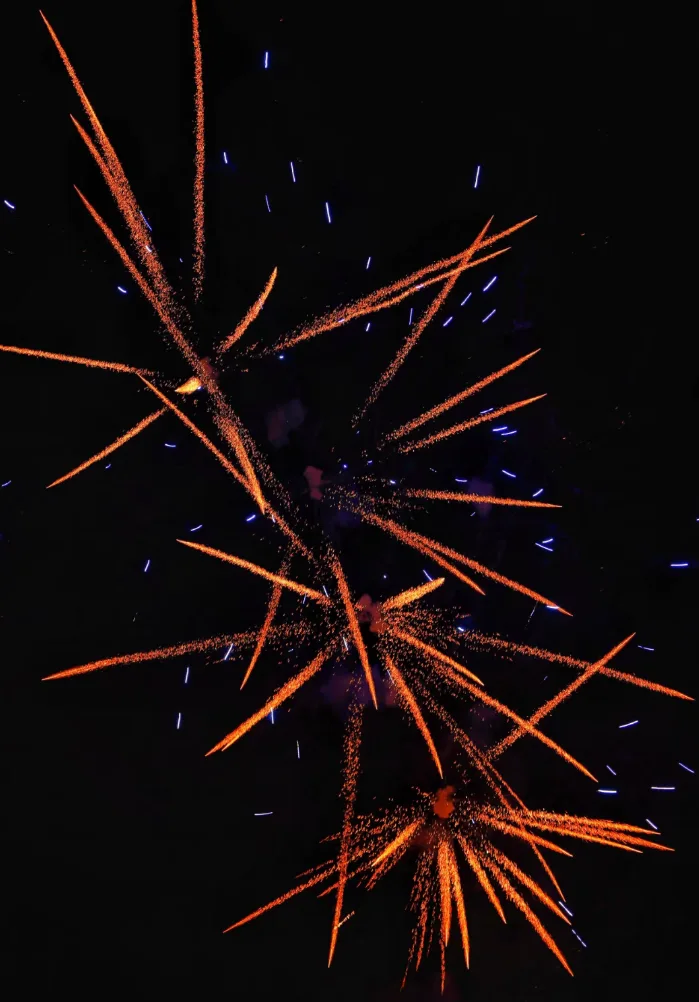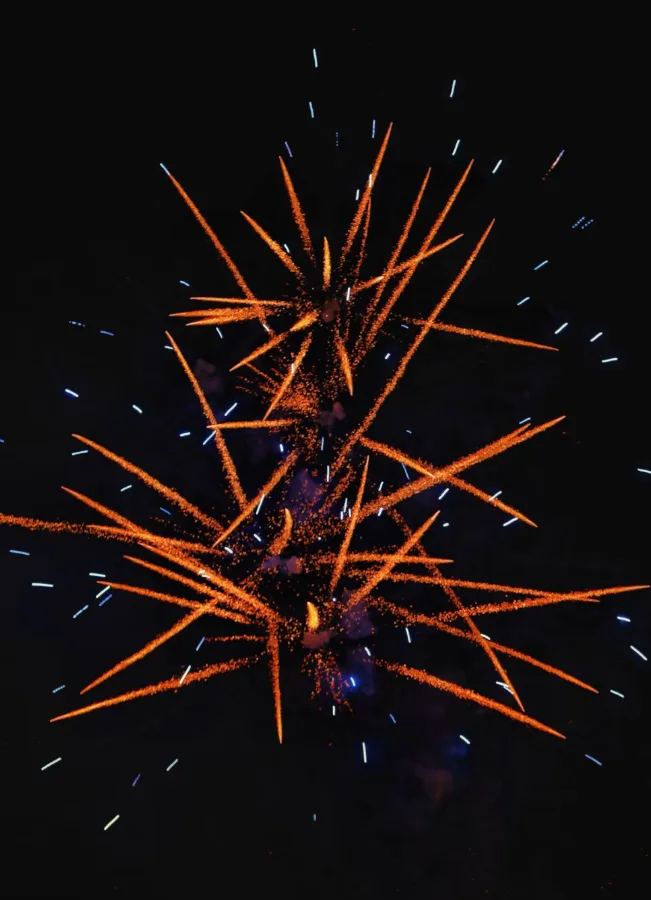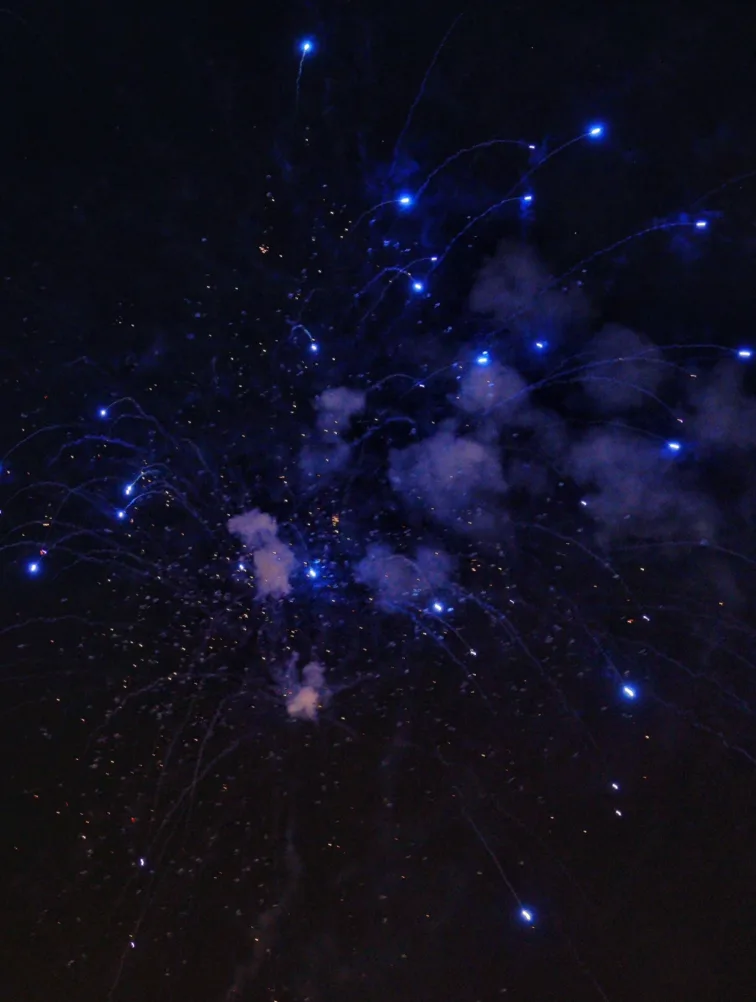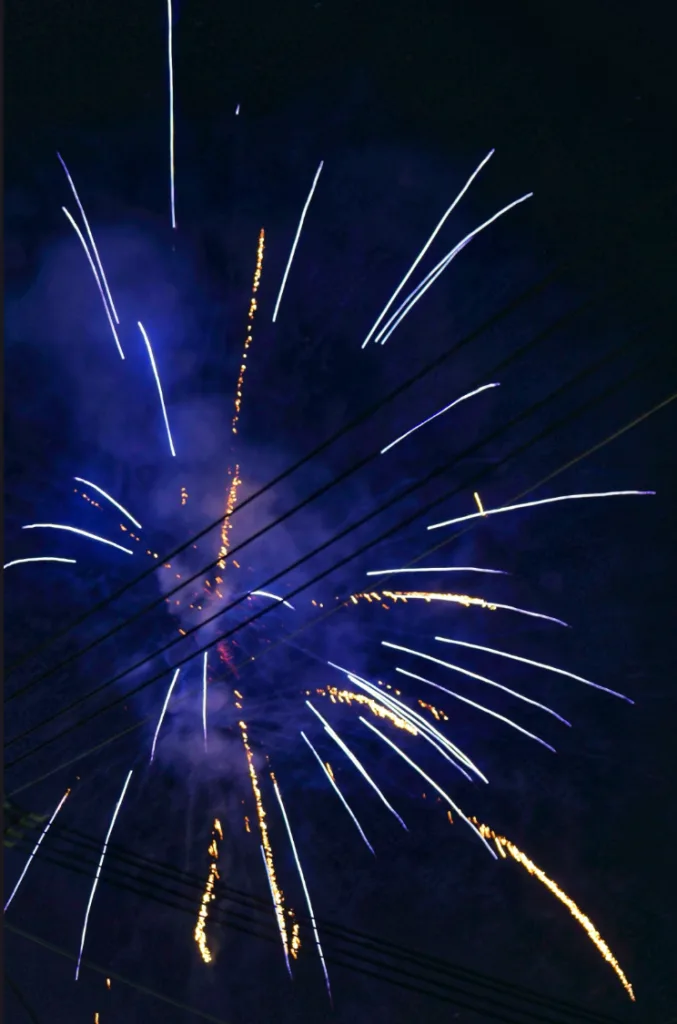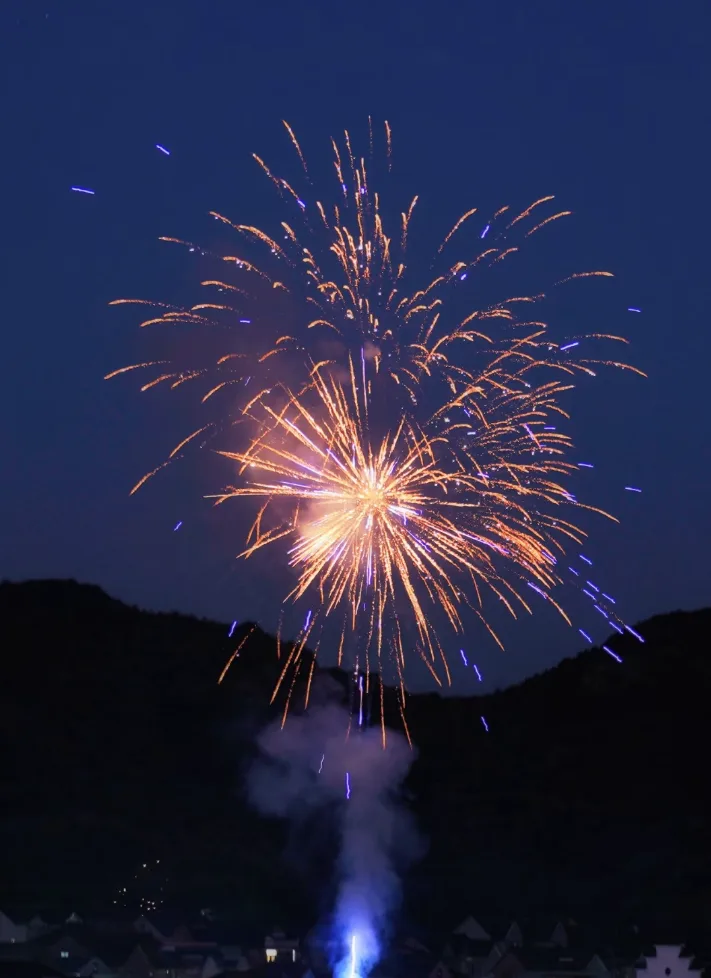Throughout the long river of human history, fireworks, with their instantaneous splendor and resounding booms, have become one of the most beloved symbols of celebration worldwide. They are not merely the grand finale of festivals and ceremonies; they are an integrated science that spans millennia, combining ancient Eastern wisdom, Western chemical advancements, and modern artistic aesthetics. When those streaks of fire pierce the darkness and blossom into myriad forms across the firmament, we are witnessing a magnificent drama where rigorous laws of physics and chemistry are performed in the air.
I. The Deep Footprints of History: From Alchemist's Furnace to Royal Spectacles
The story of fireworks begins over two thousand years ago in China. Its roots trace back to the accidental discovery of gunpowder by early peoples. Legend holds that Taoist alchemists, seeking the secret to eternal life, mixed common minerals—saltpeter (to provide oxygen), sulfur (to provide fuel), and charcoal (to provide carbon)—and this mixture, under certain conditions, resulted in violent combustion or even explosion. The powerful "fire drug" was thus born.
An earlier precursor was the simple firecracker made of bamboo. Ancients threw hollow **bamboo stalks into a fire, and the air inside the nodes, expanding from the heat, would rupture with a crisp "pop." People believed this sound could **ward off evil spirits and usher in good fortune**. With the maturation of gunpowder technology, people began to use paper tubes filled with gunpowder to replace natural bamboo, marking the first "gunpowder firecrackers."
Fireworks truly advanced into an art form during the Song Dynasty. Historical records indicate that complex firework displays were already common in the Song court, with devices capable of creating various sounds and shapes. Subsequently, firework technology spread to the West via the Silk Road. During the Renaissance in Europe, particularly in Italy, pyrotechnicians combined Eastern gunpowder formulas with Western precision engineering. They innovatively developed the "aerial shell" a structure that allowed fireworks to be accurately projected to a high altitude and explode at a predetermined height and time, thereby creating the complex patterns and shapes that form the basis of modern firework displays.
II. The Precise Encoding of Science: The Secrets of Color, Sound, and Shape
A firework display is a direct demonstration of combustion science and applied chemistry. Every change in color and every unfolding of shape in the night sky originates from the meticulously designed chemical formulas and physical structures within the firework.
1. The Source of Brilliant Colors: Characteristic Spectra of Metallic Elements
The stunning colors of fireworks are due to the addition of specific metallic salts. When these metallic salts burn in the high-temperature environment created by the explosion, they excite the electrons of the metal atoms. As the excited electrons transition from a high-energy level back to a low-energy level, they release the excess energy in the form of **light**. The light released by different metals has different wavelengths, which the human eye perceives as different colors:
Red: Typically produced by **strontium salts** (such as strontium carbonate).
Green: Often generated by **barium salts** (such as barium nitrate).
Blue: The most difficult color to create, requiring precise temperature control, usually achieved with copper salts (such as copper chloride).
Yellow: Emitted by **sodium salts** (such as sodium nitrate).
White/Silver: Commonly uses powders of metals like aluminum or magnesium.
Pyrotechnicians precisely measure and mix these metallic salts, along with controlling the temperature, to paint the night sky with richly colored patterns that are layered and varied.
2. Shaping the Form: The Art of Star Arrangement
The "stars" packed inside the aerial shell are key to determining the final pattern. These "stars" are pre-made pellets or cubes consisting of a mixture of gunpowder, colorants, and a binder.
When the firework explodes, the "stars" are propelled outwards. By arranging "stars" of different shapes and chemical compositions in specific geometric layouts within the shell, technicians can control the resulting pattern in the sky:
Spherical/Chrysanthemum Shape: The "stars" are arranged uniformly inside the shell, scattering in all directions upon explosion.
Willow/Waterfall Shape: A large amount of iron or carbon powder is added to the "stars," causing them to produce long, glowing trails that descend slowly, creating the effect of weeping willows or cascades.
Heart/Letter Shapes: The "stars" must be precisely arranged using internal partitions to conform to a specific outline, scattering according to the preset silhouette upon bursting.
III. Modern and Future: Art, Synchronization, and Sustainability
In the modern era, firework displays have transcended simple discharge, evolving into a multi-sensory spectacle.
Computer technology plays a crucial role in contemporary firework shows. Using specialized pyrotechnic programming software, technicians can precisely control the timing, altitude, and angle of every single firework launch. This allows hundreds or even thousands of fireworks to be synchronized with background music down to the millisecond, creating artistic effects that ebb, flow, and culminate with the musical rhythm. This precise choreographic art elevates fireworks from simple explosives to a form of performance art.
Simultaneously, concerns for **environmental sustainability** are driving innovation in firework technology. Traditional fireworks produce significant amounts of smoke and metallic residue. Modern research is focused on developing:
"Smokeless" or Low-Smoke Formulas: Reducing the use of chlorine compounds and utilizing cleaner oxidizers to minimize the amount of smoke produced by the explosion.
Biodegradable Materials: Using casings and internal components made from biodegradable materials like paper and plant starches to lessen the long-term impact on the environment.
Fireworks embody humanity's universal quest for beauty, grandeur, and momentary perfection. They use the most passionate form of combustion to remind us of the brevity and brilliance of life; they employ the most precise science to paint the art and wisdom of human civilization across the vast canvas of the night sky. Each boom is a continuation of history; each blossom is a beautiful anticipation of the future.


